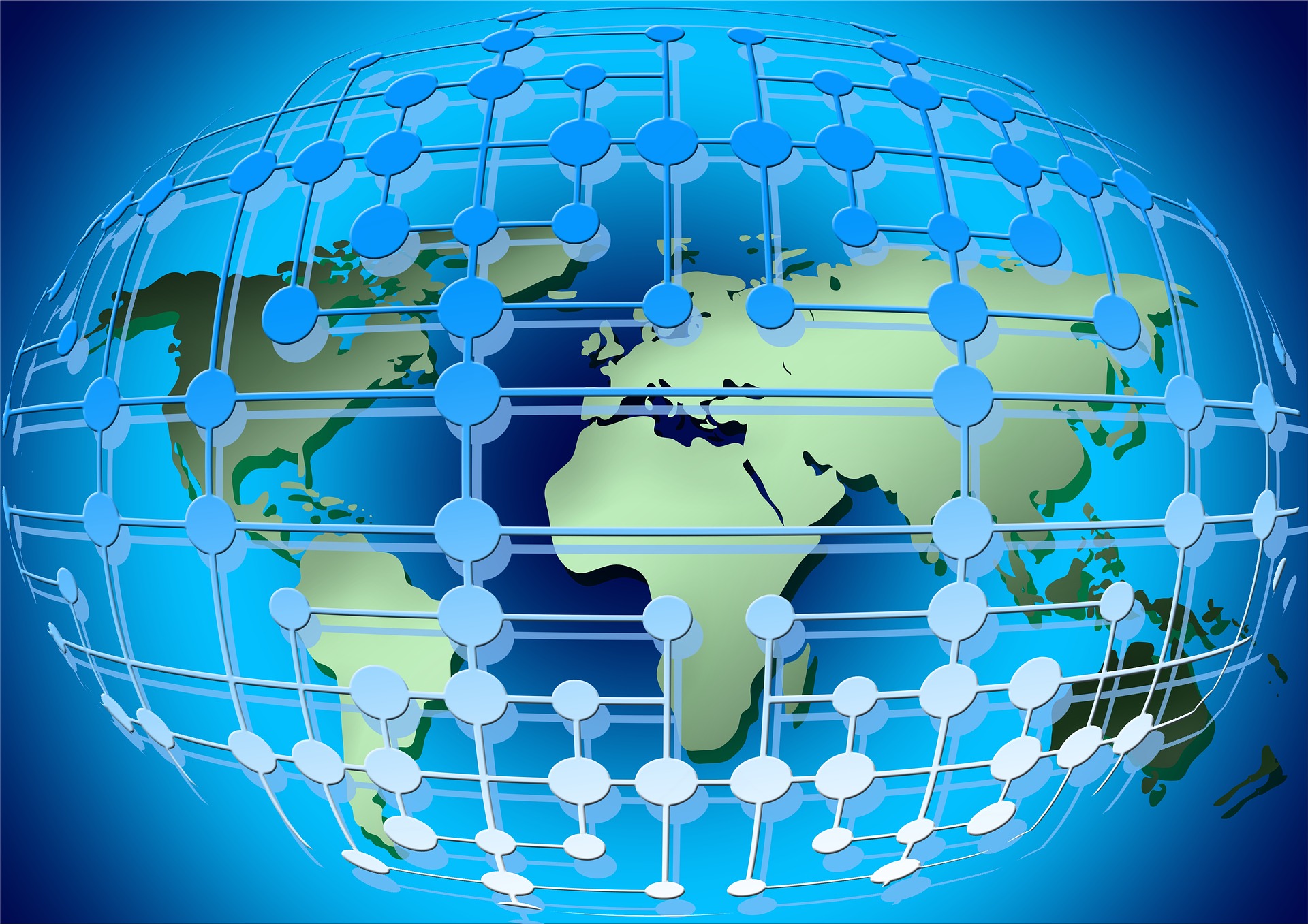博客
主页 » 博客 » Worldwide Data Center Predictions 2018 and Beyond: Part 1
Worldwide Data Center Predictions 2018 and Beyond: Part 1
Posted on June 19, 2018 by Gento

The IT world has reached a bit of a conundrum. The rate at which technological advances are being achieved is starting to outpace data center capabilities. Namely, data centers are working overtime to balance three main workload priorities: rapid resource delivery, control, and low latency. In order to maintain a state of continuous innovation and process improvements, data centers must not only balance these workload priorities, but they must also account for other factors that are driving new ways of thinking.
What Factors Are Driving Data Center Changes?
Data centers are constantly evolving to best meet the needs of the businesses that they serve. As such, there are a few notable factors that will greatly influence the future of data centers.
• Pace of Change. -- Data centers need to have technology solutions that are agile and capable of meeting the rapid changes of speed that digital businesses often experience.
• Innovation Impasse. -- Once again, legacy systems continue to offer innovative issues. Legacy systems have historically constrained transformation; as such, this challenge will need to be overcome as migrations are completed.
• Autonomous Infrastructure. -- Experts predict that large data centers will make autonomous infrastructure a standard component.
• Shifting Economics. -- The rise in digital capital poses a potential change to value structures. Time will tell just how large of an impact digital capital will have on the industry.
With the above factors in mind, as well as the continuous need to balance rapid resource delivery, control, and low latency, experts predict that data centers will experience the following changes within the next few years.
Prediction #1: Agility, Manageability, and Enhanced Asset Usage Will Drive Digital Transformation.
It is predicted that by the end of 2019, over 50 percent of IT infrastructure in both data centers and edge locations will be migrated to a software-defined model. This migration will be a direct response to the need for improved agility, enhanced asset usage, and the desired elimination of management silos.
What will be the impact of this change?
• Businesses will need to cultivate the in-house or outsourced skills needed to complete automation and asset reclamation tasks.
• An increased speed to market mentality will be embraced.
• Cooperation across silos will become a priority as more responsive approval systems are adopted.
• Faster adoption of advanced applications at data centers.
A potential shortage of the right skills and restructuring teams will be the main challenge of the predicted migration to a software-defined model, in both data centers and edge locations.
Prediction #2: 55 Percent of Enterprises Will Modernize Their Data Center Assets By 2020
It is no secret that the next generation of applications and IT architectures requires heavy workload demands. As a response to these demands, it is predicted that by 2020, 55 percent of enterprises will modernize their data center assets.
What will be the impact of this change?
• Businesses will need to invest in smarter DC technologies.
• Changing data sovereignty and privacy laws will need to be carefully considered and responded to (especially as they affect DC placement).
• Data centers will need to be carefully analyzed for their cost, performance, and risk factors.
• Many IT processes will be streamlined as automation is embraced.
An elevated role in both data security and governance practices will need to be addressed as data center assets are modernized to meet the new workload demands.
The Bottom Line: Change Can Only Be Embraced If the Right Skills Are Present
As data centers continue to change, it is important that the skills of in-house and outsourced teams are carefully assessed. After all, the ability to assess agility, manageability, and enhanced asset usage is only possible with certain IT skills. Additionally, responding to the need for modernized data centers requires the ability to carefully consider the benefits and limitations of traditional, converged, and software-defined models. As we will see in Part 2 of this series, IT skills will play a significant role as technological innovations, business needs, and workload demands shape the future of data centers.
To learn more, please visit our website.
Other Blog Posts
- The cascade effect of data center failure on businesses - why sensors are essential
- Posted on November 5, 2023
- 人工智能的快速发展和使用力登PDU满足更高的电力需求
- Posted on October 11, 2023
- Data Center Report Fewer Outages, But Downtime Still Costly
- Posted on September 20, 2023
- Survey: Energy Usage and Staffing Shortages Challenge Data Centers
- Posted on September 20, 2023
- 力登安全交换机(RSS):安全NIAP 4.0兼容式桌面型KVM
- Posted on September 20, 2023
力登官方微信公众号
力登官方微信公众号

近期活动
- New Zealand Cloud & Datacenter Convention 2022
- 3 November 2022, 9am – 4pm • Grand Millennium Hotel, Auckland, New Zealand
- Data Centre World Singapore
- 12th – 13th Oct 2022
- Korea Cloud & Datacenter Convention 2022
- 6th Oct 2022
- Philippines Cloud & Datacenter Convention 2022
- 4th Aug 2022
- JANOG50 Meeting Hokkaido
- 3th – 15th July 2022
力登最新新闻
- 重振数据中心行业—罗格朗重磅推出两款革命性的智能机架式PDU!
- Posted on May 1, 2023
- 独家专访丨惠州如何升级制造业?法资企业CEO提了个建议
- Posted on December 2, 2021
- 力登公司推出MasterConsole®数字双显示器KVM切换器
- Posted on February 18, 2021
- Legrand Data, Power and Control Division Announced as Finalist in Six Categories at DCS Awards 2020
- Posted on November 9, 2020
- 力登公司(Raritan)推出新型智慧型机架控制器(SRC),用于智能地管理数据中心和关键基础设施中的环境和安全信息
- Posted on November 9, 2020